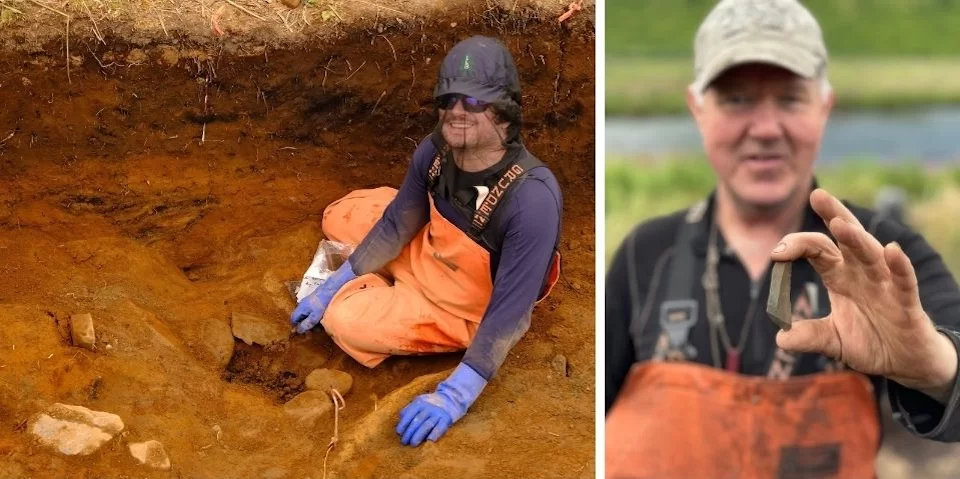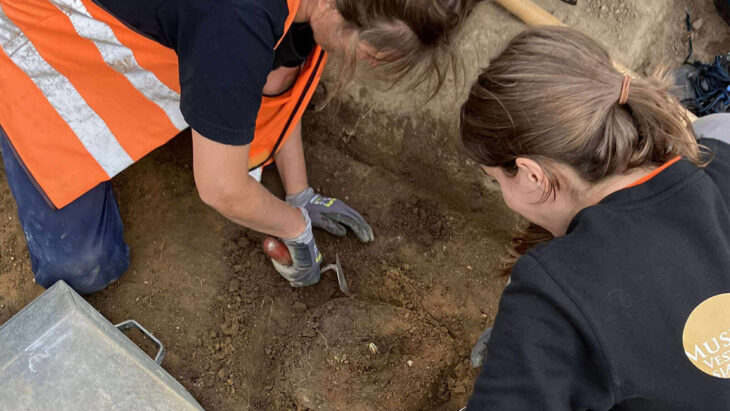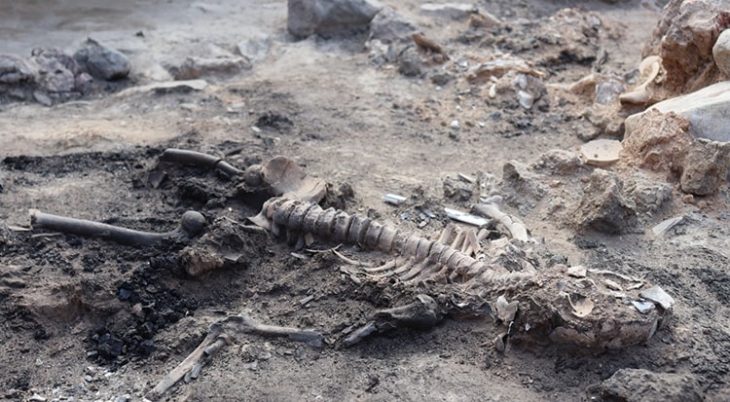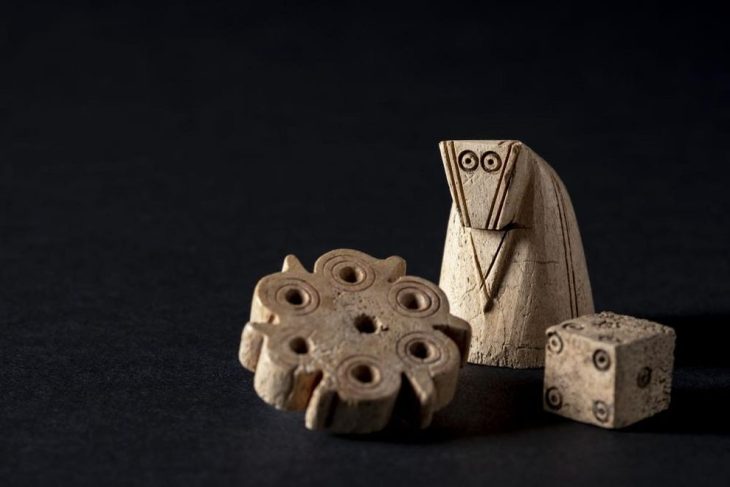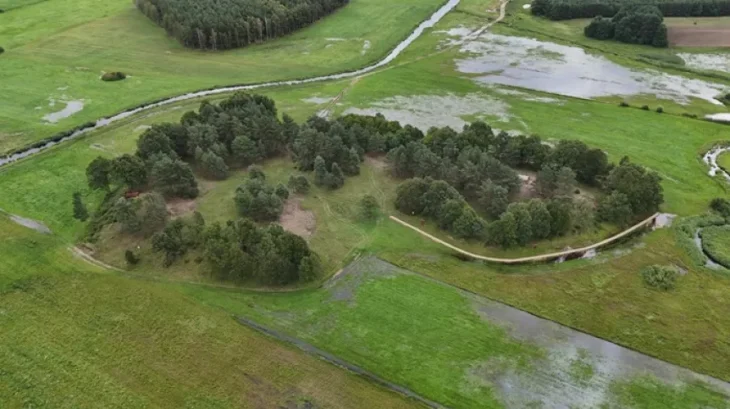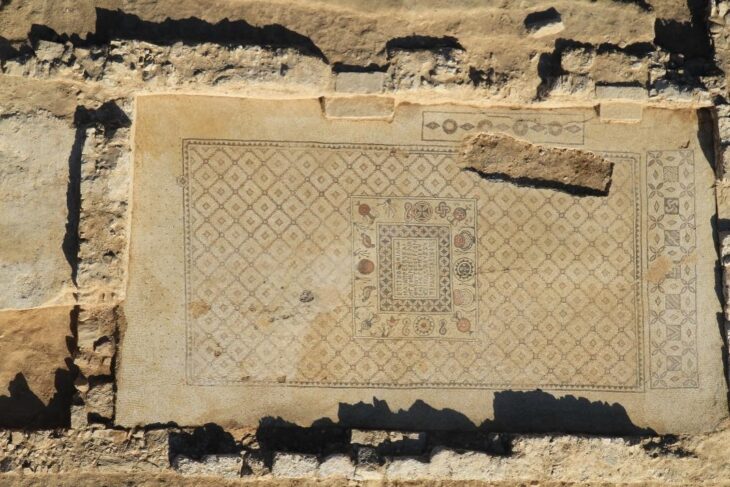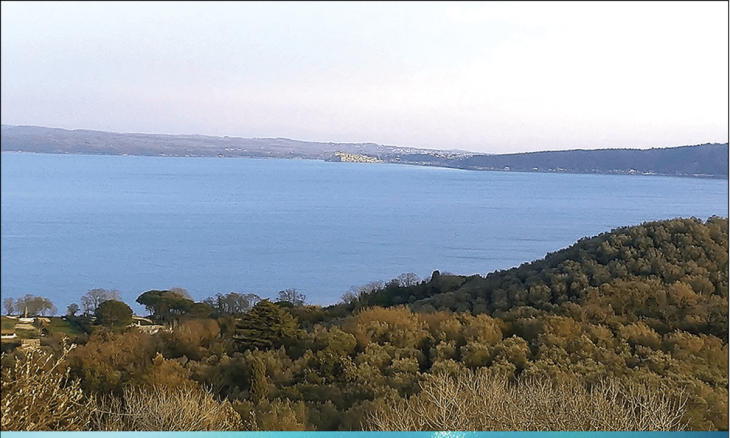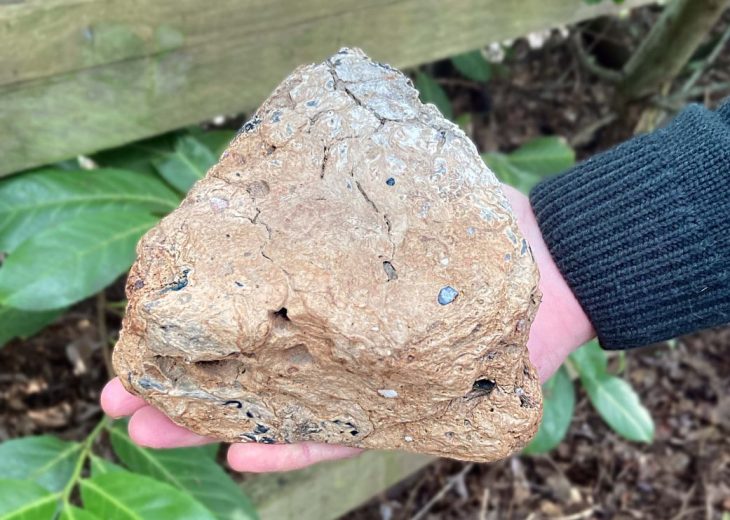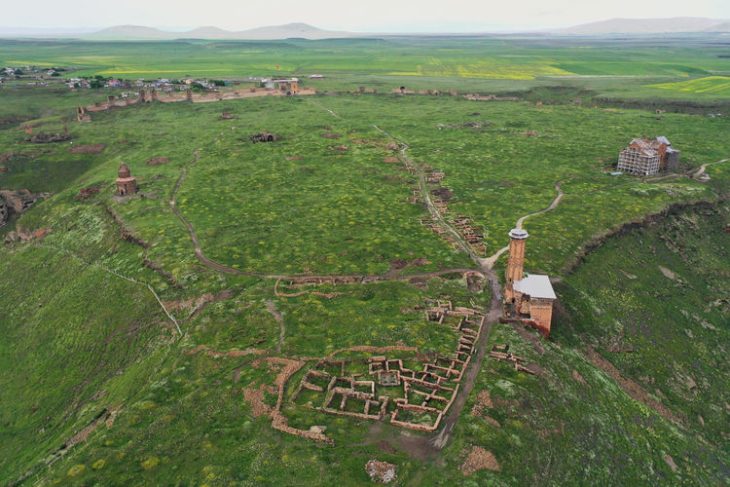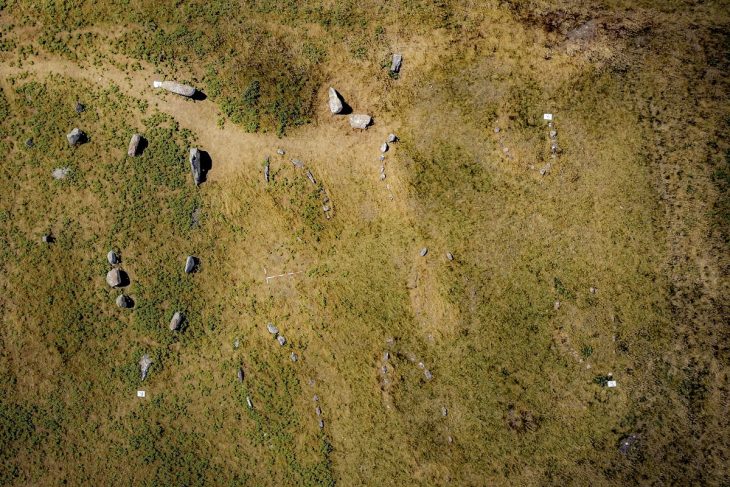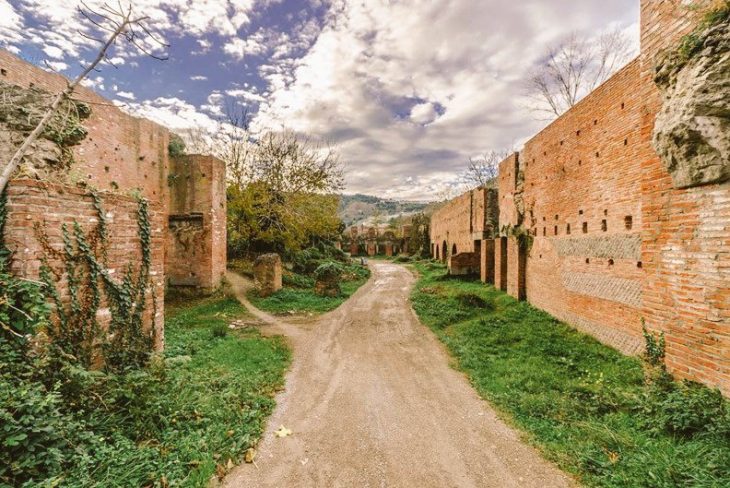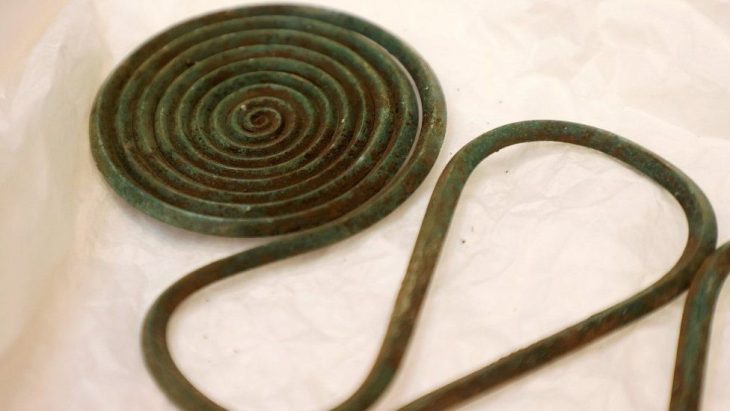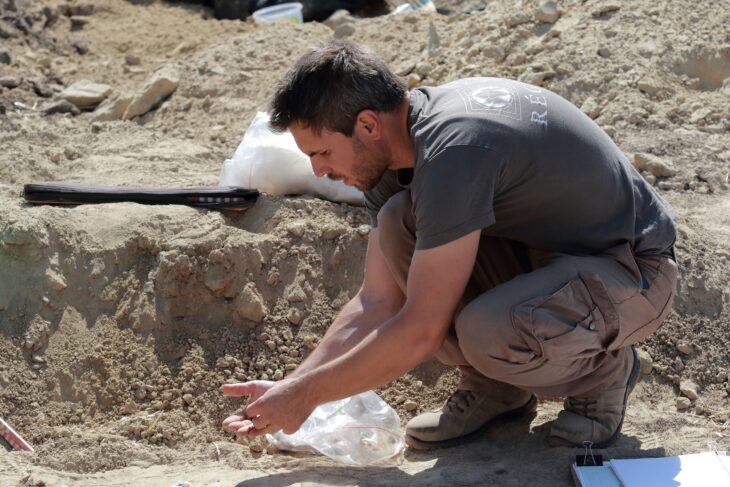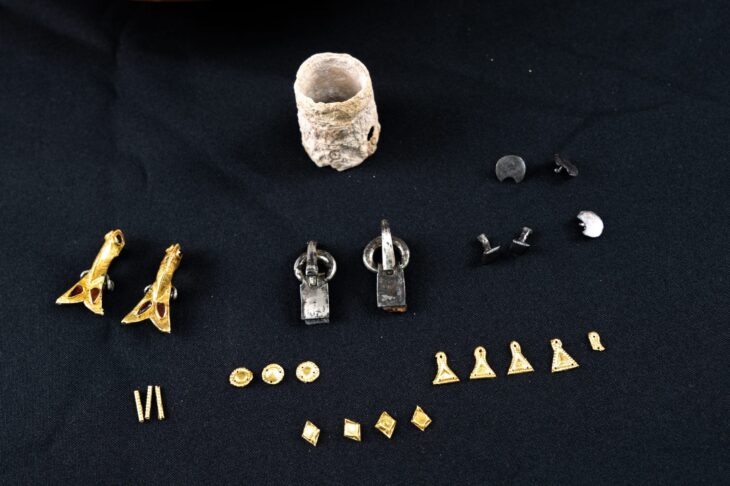Archaeologists at the Alagnaruartuliq site (KAR-00064) on Kodiak Island’s Karluk Lake have uncovered evidence of one of the oldest known human settlements in the region. Radiocarbon dating of wood charcoal from an ancient hearth indicates that Alutiiq/Sugpiaq ancestors lived and crafted tools here approximately 7,800 years ago. This pushes Kodiak Island’s human history back at least 300 years.
Ancient Hearth Reveals Early Alutiiq Presence
During excavations beneath more recent house depressions, researchers discovered a small cobble hearth accompanied by stone tools typical of Kodiak’s earliest settlements. “This discovery gives us a glimpse into the lives of Kodiak’s first inhabitants,” said Molly Odell, Director of Archaeology at the Alutiiq Museum.
To verify the age of the site, archaeologists conducted radiocarbon dating on two separate samples of charcoal, both producing consistent results. “We are confident the hearth was used around 7,800 years ago,” Odell added, “making it the oldest confirmed settlement on Kodiak Island.”
Why This Discovery Matters
Alutiiq Museum Curator of Archaeology Patrick Saltonstall emphasized that early settlers along Alaska’s Gulf Coast may have reached Kodiak much earlier than previously documented. “People were living in coastal Alaska at least 10,000 years ago,” he said.
“It makes sense that Kodiak, with its rich maritime resources, would have been settled early, even if evidence has been difficult to locate due to coastal erosion and changing sea levels.”
📣 Our WhatsApp channel is now LIVE! Stay up-to-date with the latest news and updates, just click here to follow us on WhatsApp and never miss a thing!!
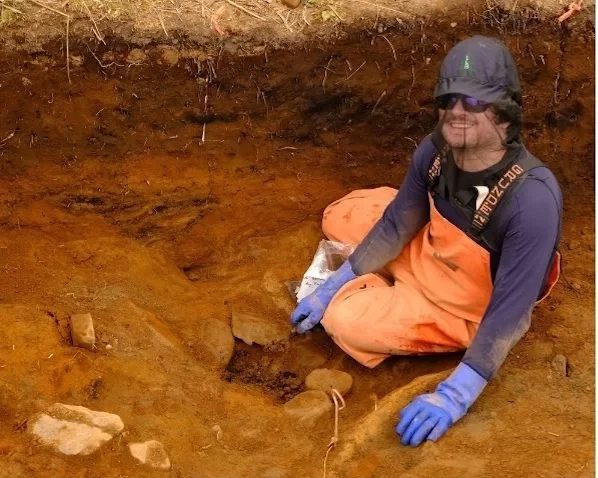
Kodiak Island’s Interior: A Critical Habitat
The Alagnaruartuliq site, meaning “lots of kinds of berries” in the Alutiiq language, highlights the importance of Kodiak Island’s interior, not just its coastal areas. Archaeological surveys suggest early inhabitants used river valleys, salmon streams, meadows, and alpine areas intensively for fishing, hunting, and gathering.
“Researchers have long focused on Kodiak’s coast, but the interior was equally critical for early human survival,” said Amy Steffian, Chief Curator at the Alutiiq Museum. “This site confirms that Alutiiq ancestors exploited inland resources from the very beginning of settlement.”
Hunting and Gathering 7,800 Years Ago
Although salmon populations in the region stabilized and grew after 6,300 years ago, early Karluk Lake visitors likely hunted waterfowl, foxes, river otters, and bears. They also gathered plant foods from Kodiak’s abundant interior ecosystems.
These findings illustrate a diversified subsistence strategy used by Alutiiq ancestors long before the arrival of more recent communities.
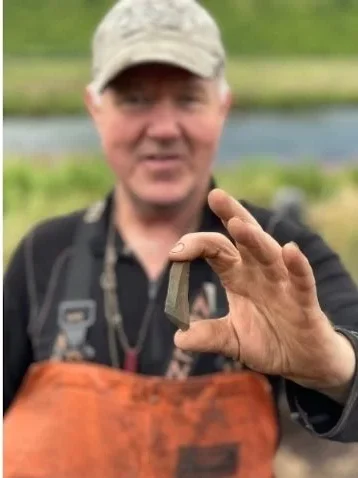
Continuing Research at Karluk Lake
This summer, the Alutiiq Museum launched a new season of archaeological research at Karluk Lake, focusing on a 1,500-year-old settlement. While researchers do not expect to find another early settlement, Saltonstall remains optimistic: “Archaeology is full of surprises. Each new site can teach us more about the earliest people on Kodiak Island.”
Alutiiq Museum Executive Director April Laktonen Counceller emphasized the importance of preserving and studying these sites. “Every artifact we document adds to our understanding of Alutiiq history and culture,” she said. The museum’s research is supported by Koniag and the National Park Service’s Alaska Native Tribal Affairs and Heritage Assistance Programs.
About the Alutiiq Museum
The Alutiiq Museum is a non-profit organization dedicated to preserving and sharing the history and culture of the Alutiiq, an Alaska Native tribal people. Governed by representatives of Kodiak Alutiiq organizations, the museum relies on donations, memberships, grants, contracts, and sales to fund its programs and research initiatives.
Cover Image Credit: Alutiiq Museum

